Latest & Greatest
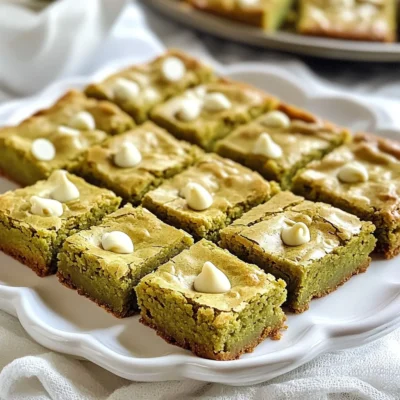
Matcha White Chocolate Blondies Irresistible Treat
Are you ready for a sweet treat that’s hard to resist? These Matcha White Chocolate Blondies combine rich flavors and
Read more…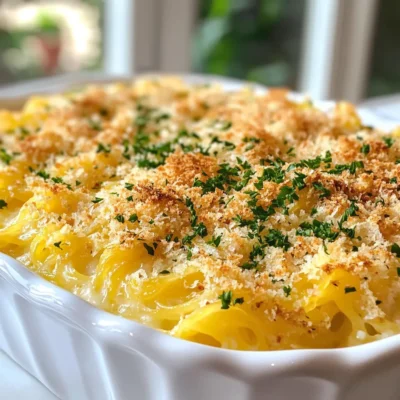
Irresistible Spaghetti Squash Au Gratin Recipe
Get ready to enjoy a twist on a classic with my Irresistible Spaghetti Squash Au Gratin recipe! This dish combines
Read more…
Cranberry Turkey Stuffing Balls Tasty Holiday Treat
Get ready to elevate your holiday feast with my delicious Cranberry Turkey Stuffing Balls. These tasty treats combine ground turkey,
Read more…
Asian Peanut Chicken Wraps Flavorful and Simple Meal
Craving a meal that’s both tasty and easy? You’re in the right place! My Asian Peanut Chicken Wraps are full
Read more…
Crustless Taco Pie Flavorful and Hearty Recipe
Are you craving a dish that brings all the tasty flavors of tacos without the mess of a crust? Look
Read more…
Chicken Corn Chowder Crockpot Flavorful Comfort Meal
Looking for a cozy meal that warms your soul? My Chicken Corn Chowder Crockpot recipe is just what you need!
Read more…
One Pot Chicken Veggie Skillet Quick and Simple Meal
Looking for a quick and tasty meal? The One Pot Chicken Veggie Skillet is your answer! This dish packs protein
Read more…
Savory Sweet Chili Chicken Stir Fry Easy Recipe
Are you ready to spice up your dinner routine? My Savory Sweet Chili Chicken Stir Fry is quick, easy, and
Read more…browse recipes

Watermelon Feta Mint Salad Fresh and Flavorful Dish
Looking for a refreshing dish that bursts with flavor? You’ve come to the right place! Watermelon Feta Mint Salad is a perfect blend of…
My Latest Desserts
Strawberry Lemonade Cupcakes Fresh and Flavorful Treat
Craving a sweet, tangy treat? Dive into the world of Strawberry Lemonade Cupcakes! These delightful cupcakes blend fresh strawberries and Read Full RecipeSalted Caramel Apple Dip Creamy and Delicious Treat
If you’re looking for a tasty treat that combines sweet and salty, you’re in for a delight! This Salted Caramel Read Full RecipeNo-Bake Oreo Cheesecake Cups Delightful Easy Treat
Craving a sweet, creamy treat that’s easy to make? These No-Bake Oreo Cheesecake Cups are perfect for you! With just Read Full RecipeKey Lime Pie Bars Simple and Tangy Dessert Treat
Are you ready to enjoy a treat that’s both simple and zesty? Key Lime Pie Bars combine the tart zing Read Full RecipeMaple Pecan Granola Crunchy and Nutritious Snack
Looking for a tasty and healthy snack? You’ve found it! My Maple Pecan Granola is crunchy, packed with flavor, and Read Full RecipeStrawberry Shortcake Trifle Delightful and Simple Treat
Get ready to impress your family and friends with a Strawberry Shortcake Trifle that’s both delightful and simple. This layered Read Full Recipe
My Latest Drinks
Spiced Apple Cider Punch Festive and Flavorful Drink
Warm up your gatherings with my Spiced Apple Cider Punch! This festive drink bursts with cozy flavors, perfect for chilly Read Full RecipeBlueberry Cheesecake Smoothie Protein Delight
Are you ready to treat yourself to a delicious and healthy drink? The Blueberry Cheesecake Smoothie Protein Delight packs all Read Full RecipeWarm Cranberry Ginger Mocktail Spritzer Recipe Delight
Welcome to my cozy kitchen! Today, I’m excited to share a delightful warm cranberry ginger mocktail spritzer that brightens up Read Full RecipeSpiced Apple Cider Chai Bold and Flavorful Drink Recipe
Looking for a cozy drink this season? Try my Spiced Apple Cider Chai! This bold, flavorful beverage combines warm apple Read Full RecipeStrawberry Cheesecake Smoothie Tasty and Easy Recipe
Are you ready for a treat that’s both tasty and easy? This Strawberry Cheesecake Smoothie blends the rich flavors of Read Full RecipePumpkin Spice Smoothie Bowl Protein Packed Delight
Are you ready to dive into the cozy world of pumpkin spice? This Pumpkin Spice Smoothie Bowl is not only Read Full Recipe
hey,
i’m !
I’m so happy you’re here!
I love creating dishes that bring joy to the table. I hope they bring the same joy to yours. Let’s enjoy this flavorful journey together.
Caprese Pasta Salad Fresh and Flavorful Recipe Guide
If you crave a dish that’s fresh, tasty, and easy to make, this Caprese Pasta Salad is for you! I’ll walk you through each…
![For a tasty Caprese Pasta Salad, you need the following ingredients: - 8 oz of rotini or fusilli pasta - 1 pint cherry tomatoes, halved - 1 cup fresh mozzarella balls (bocconcini), halved - 1 cup fresh basil leaves, roughly chopped - 3 tablespoons extra virgin olive oil - 2 tablespoons balsamic glaze - 1 clove garlic, minced - Salt and pepper to taste - Optional: 1/4 cup pine nuts, toasted These ingredients combine to create a bright and fresh dish. If you don’t have something on hand, there are easy swaps. - Pasta: You can use penne or farfalle instead of rotini or fusilli. - Mozzarella: Try using feta cheese for a different flavor. - Basil: Fresh parsley or arugula can work if you run out of basil. - Olive oil: Any good quality oil can replace olive oil. - Balsamic glaze: You can mix balsamic vinegar with a bit of honey as a substitute. Feel free to get creative with these options. Choosing fresh ingredients is key to a great salad. Here are my tips: - Tomatoes: Look for bright red, firm tomatoes. They should smell sweet and fresh. - Basil: Select basil with vibrant green leaves. Avoid any that look brown or wilted. - Mozzarella: Choose mozzarella that is soft and moist. If possible, buy it from a deli. - Garlic: Look for firm bulbs without any soft spots. Fresh garlic gives the best flavor. Using the best ingredients will make your Caprese Pasta Salad shine! To make Caprese Pasta Salad, start by boiling water. Use a large pot and add salt. When the water boils, add 8 oz of rotini or fusilli pasta. Cook it until it is al dente, which usually takes about 8 to 10 minutes. Drain the pasta and rinse it under cold water. This stops the cooking and keeps the pasta firm. Next, grab a large bowl. Combine the cooled pasta, 1 pint of halved cherry tomatoes, and 1 cup of fresh mozzarella balls. Add 1 cup of roughly chopped basil leaves for a burst of flavor. In a smaller bowl, whisk together 3 tablespoons of extra virgin olive oil, 2 tablespoons of balsamic glaze, and 1 clove of minced garlic. Season with salt and pepper to taste. Drizzle this dressing over the pasta mixture. Toss everything gently to coat the ingredients well. If you like a bit of crunch, sprinkle on 1/4 cup of toasted pine nuts. Let the salad sit for at least 15 minutes. This resting time allows the flavors to blend perfectly. To help you along, consider watching a quick video. A visual guide can show you how to cook the pasta and mix the salad. Look for videos that highlight each step. They can make the process feel easier and more fun. Seeing someone else do it can inspire your own cooking. One common mistake is overcooking the pasta. Make sure to check it often. Overcooked pasta turns mushy and ruins the salad's texture. Also, don't skip rinsing the pasta. This keeps it from sticking together. Lastly, let the salad sit before serving. This step is key for flavor. Skipping it can lead to a bland dish. Remember these tips, and you'll create a fresh and flavorful salad. For the complete recipe, check the [Full Recipe]. To make a great dressing, start with quality olive oil. Use extra virgin olive oil for the best flavor. Mix it with balsamic glaze for a sweet touch. Add minced garlic for a nice kick. Whisk these together until blended. Taste it and adjust salt and pepper as needed. This step ensures your salad shines. Caprese pasta salad works well as a side dish. It pairs nicely with grilled chicken or fish. Serve it at picnics or barbecues for a fresh option. You can also add toasted pine nuts for crunch. Garnish with extra basil leaves for color and style. This makes your dish look even more inviting. Store any leftovers in an airtight container. Keep it in the fridge for up to three days. If the salad seems dry, add a little dressing before serving. Avoid freezing the salad, as it can change the texture. Enjoy your Caprese pasta salad again without worry! {{image_2}} This Caprese Pasta Salad is easy to make vegetarian or vegan. To keep it vegetarian, use fresh mozzarella. For vegan options, swap mozzarella with avocado or a nut-based cheese. Both choices give a creamy texture. You can also add more veggies, like bell peppers or zucchini. They add crunch and color. If you need a gluten-free salad, use gluten-free pasta. Many brands offer great options now. Look for pasta made from rice, quinoa, or chickpeas. These gluten-free choices taste good and hold up well. They will mix nicely with the other ingredients. Enjoy the same great flavors without the gluten! Feel free to get creative with your Caprese Pasta Salad. Add extra ingredients for new flavors. Here are some ideas: - Protein: Toss in grilled chicken or shrimp for added protein. - Nuts: Sprinkle in walnuts or almonds for crunch. - Seasoning: Try adding crushed red pepper for a kick. - Fruits: Fresh fruit, like strawberries or peaches, can add sweetness. These additions can make your salad unique. Experiment and find your favorite combination. Check out the Full Recipe for more details! To keep your Caprese pasta salad fresh, use an airtight container. Place the salad in the container after it cools. This helps lock in flavors and prevent drying. If you have extra dressing, store it separately. This keeps the pasta from getting soggy. When stored correctly, your Caprese pasta salad lasts about three days in the fridge. Check for any signs of spoilage, like a bad smell or off-color ingredients. If you see any, it’s best to toss the salad. To enjoy the best taste, eat it within the first two days. Freezing Caprese pasta salad is not the best choice. The tomatoes and mozzarella can lose their texture. If you must freeze it, leave out the tomatoes and cheese. Store the pasta with the dressing in a freezer-safe bag. Use it within one month for the best flavor. When ready to eat, thaw it in the fridge overnight and add fresh tomatoes and mozzarella before serving. You can find the full recipe for Caprese Pasta Salad here. The best pasta for Caprese Pasta Salad is rotini or fusilli. These shapes hold the dressing and mix well with the other ingredients. Their curves and twists capture the flavors, making each bite delicious. You can use other shapes too, like penne or farfalle. Just make sure to cook it al dente for the best texture. Yes, you can make Caprese Pasta Salad ahead of time. It tastes great when chilled, allowing the flavors to blend. I suggest preparing it a few hours before serving. Just keep it in the fridge. If you make it too early, the tomatoes may get soggy. Add the dressing closer to serving time to keep it fresh. Caprese Pasta Salad pairs well with many dishes. Here are some ideas: - Grilled chicken or shrimp for added protein. - Garlic bread to complement the flavors. - A light white wine, like Pinot Grigio, enhances the meal. - Fresh fruits like watermelon or berries add a sweet touch. These pairings make your meal more exciting and balanced. For the full recipe, check out the Caprese Pasta Salad section above! We explored the key ingredients for Caprese Pasta Salad, focusing on fresh produce and substitutions. We walked through step-by-step cooking methods and highlighted common mistakes. I shared tips to perfect your dressing and how to store leftovers. We also discussed various dietary options and storage guidelines. In conclusion, with these insights, you can create a tasty salad. Enjoy experimenting and making it your own.](https://soyumrecipes.com/wp-content/uploads/2025/06/73b67b30-145b-4eb5-b8f5-6b6fcbc85134.webp)
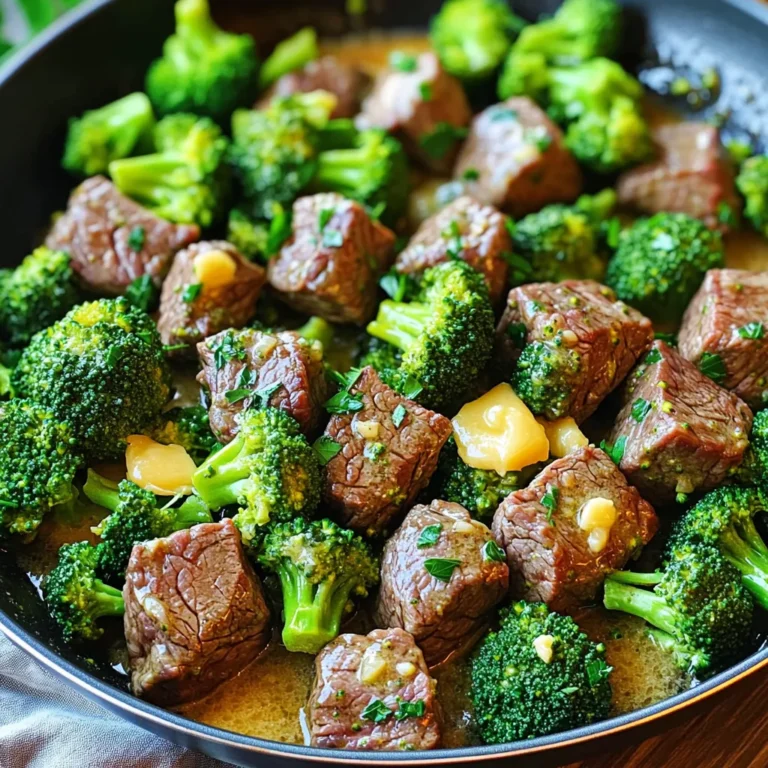
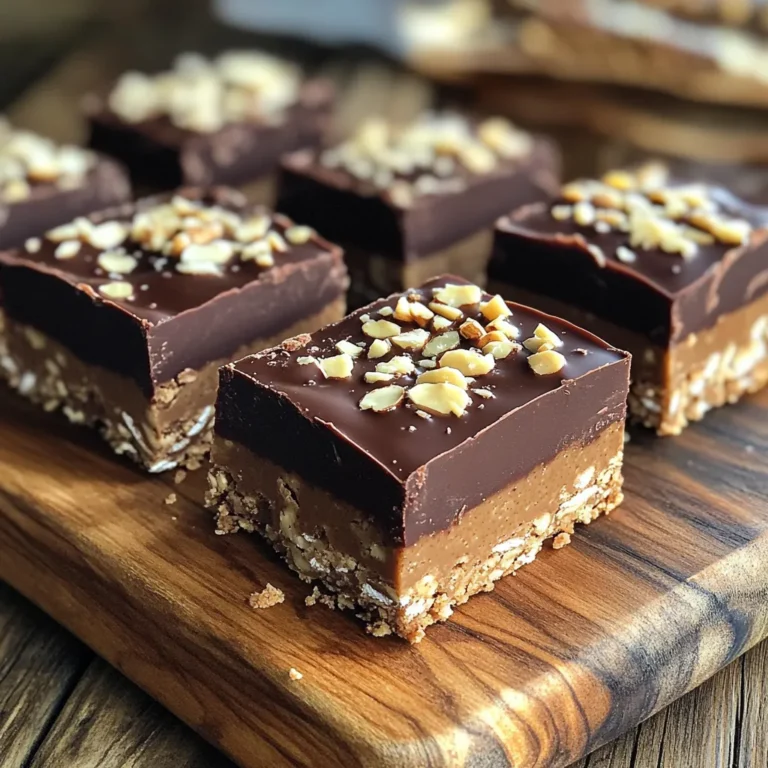

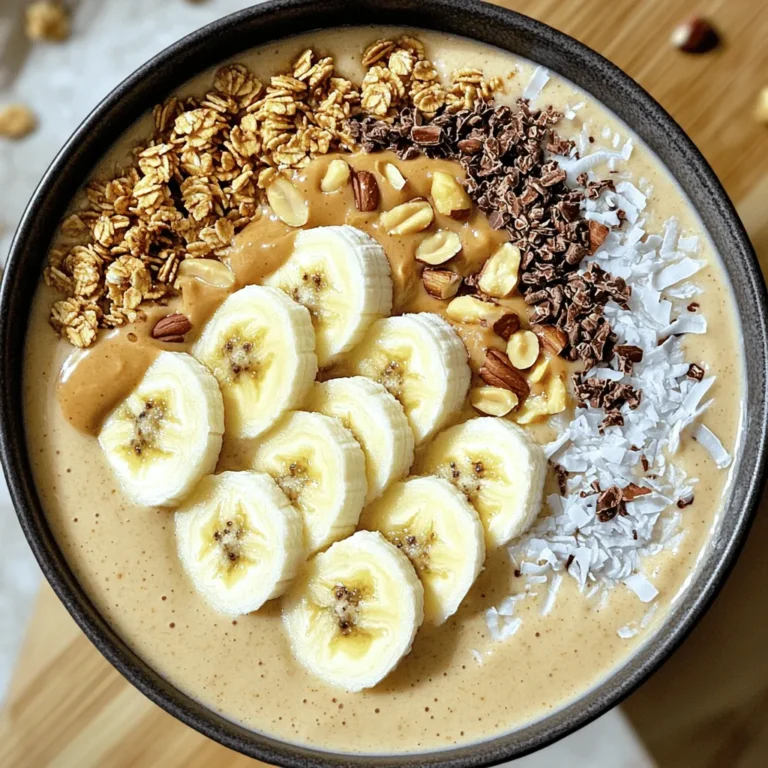


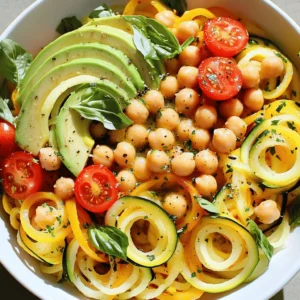


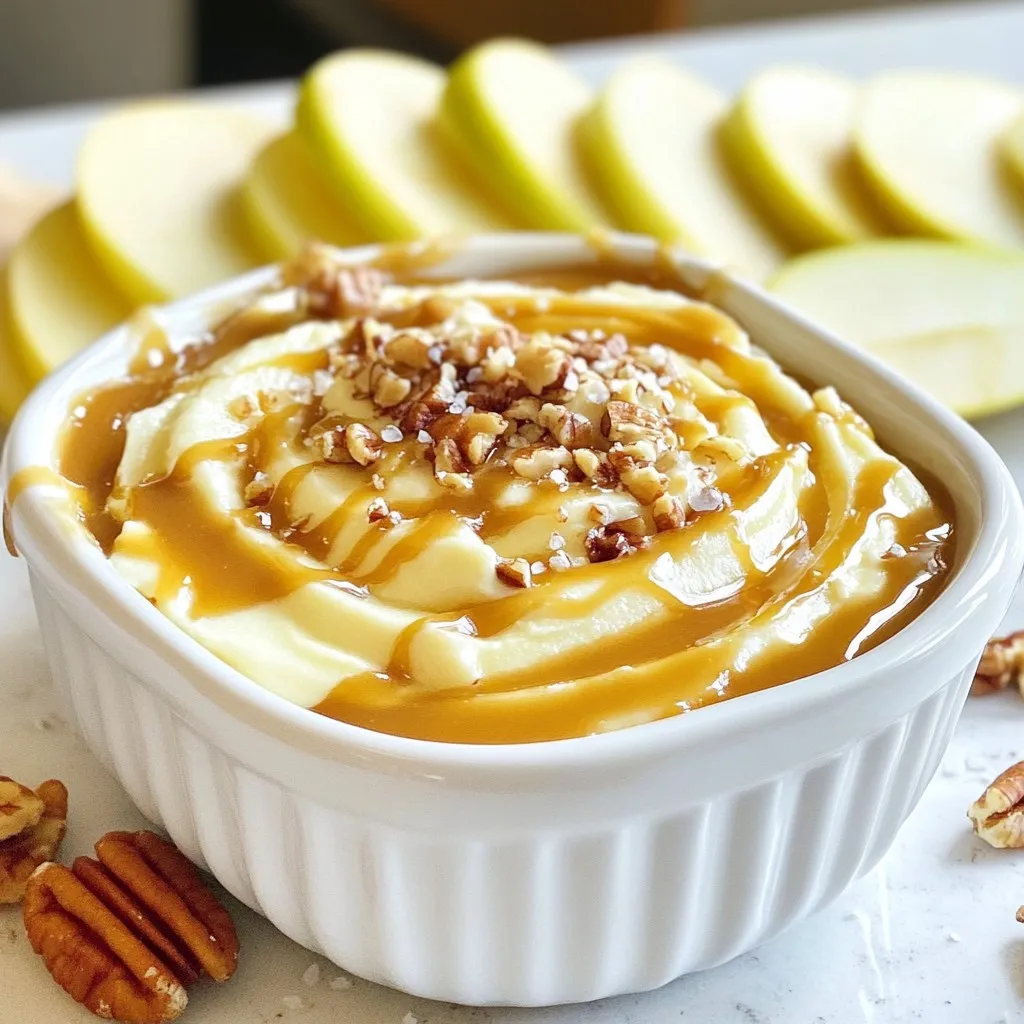








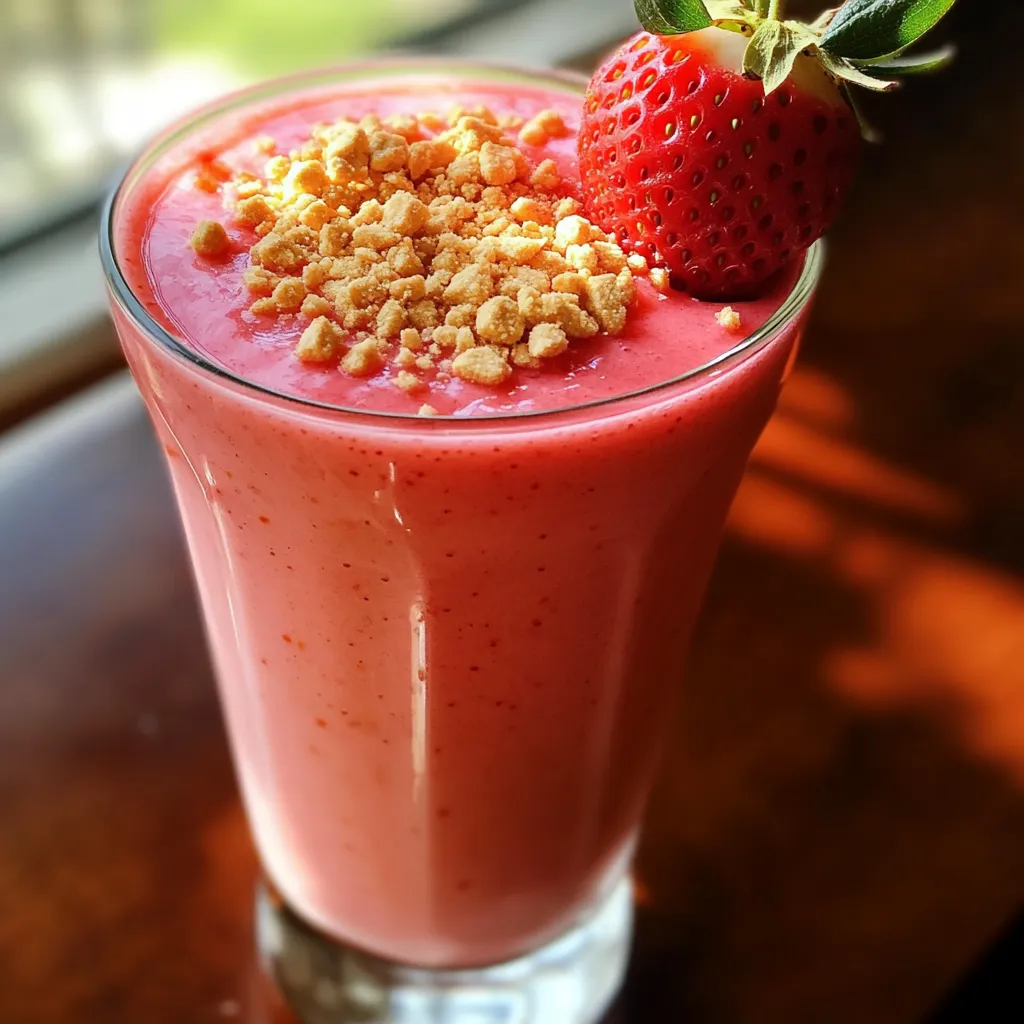


![- 1 cup creamy peanut butter - 1 cup whipped cream cheese, softened - 1/4 cup honey or maple syrup - 1 teaspoon vanilla extract - 1 cup whipped topping - 1/2 cup crushed graham crackers - 1/4 cup chocolate chips - 1/4 cup chopped nuts When making Peanut Butter Fluff, I focus on using high-quality ingredients. The creamy peanut butter gives the fluff its rich flavor. The whipped cream cheese adds a nice texture. You can choose honey or maple syrup for sweetness, depending on your taste. Adding vanilla extract gives the fluff a warm, inviting scent. The whipped topping makes everything light and fluffy. Crushing graham crackers adds a wonderful crunch. You can also include chocolate chips for extra sweetness. Nuts are great for topping if you like a little crunch. This combination of ingredients makes Peanut Butter Fluff easy and delightful. For the full recipe, check out the recipe guide. You can easily adjust these ingredients to fit your taste. 1. In a large bowl, combine 1 cup of creamy peanut butter and 1 cup of whipped cream cheese. 2. Use an electric mixer to blend them until smooth and creamy. 3. Gradually add 1/4 cup of honey or maple syrup and 1 teaspoon of vanilla extract. 4. Mix continuously until everything is fluffy. 1. Gently fold in 1 cup of whipped topping. 2. Be careful not to deflate the fluffiness. 3. Stir in 1/2 cup of crushed graham crackers and, if you want, 1/4 cup of chocolate chips. 4. Make sure everything is evenly mixed. 1. Transfer your Peanut Butter Fluff to a serving dish or individual cups. 2. Chill in the fridge for at least 30 minutes. 3. This chilling helps the flavors blend and the fluff to set. 4. Before serving, sprinkle 1/4 cup of chopped nuts on top for extra crunch, if desired. Follow this [Full Recipe] for delicious Peanut Butter Fluff! To get the best texture for your Peanut Butter Fluff, start with room temperature ingredients. This makes them mix better. Cold ingredients can clump and make it hard to blend. Next, focus on folding instead of stirring. Folding keeps the fluffiness intact. Stirring can deflate the air you’ve whipped into your mixture. Gently fold in the whipped topping until you see no streaks of cream. You can enhance the flavor in fun ways. Try using different sweeteners like agave syrup or coconut sugar. Each sweetener adds a unique taste to your fluff. Adding spices can also boost flavor. A sprinkle of cinnamon gives warmth, while cocoa powder adds a rich chocolate taste. Experiment to find your favorite mix. Peanut Butter Fluff pairs well with many snacks. Serve it with sliced apples or pretzels for a crunchy contrast. You can also spread it on toast or pancakes for breakfast. For creative serving options, use cups or jars. Layer the fluff with fruit or granola for a parfait. This makes it look pretty and adds extra flavor and texture. Check out the Full Recipe for more serving ideas! {{image_2}} If you're vegan, you can still enjoy Peanut Butter Fluff. Use vegan cream cheese instead. Replace honey with agave syrup for a sweet touch. This way, you enjoy the same creamy goodness without animal products. For those needing gluten-free options, make sure your graham crackers are gluten-free. You can use crushed nuts or gluten-free cookies for added crunch. Always check labels to ensure your toppings and ingredients meet gluten-free standards. Want to switch things up? Try making Chocolate Peanut Butter Fluff. Just add cocoa powder or melted chocolate to the mix. This adds a rich, chocolatey taste that pairs well with peanut butter. You can also add fresh fruit. Sliced bananas or strawberries give a refreshing twist. They add sweetness and a pop of color. It’s a fun way to brighten up your dessert and add healthy fruit. Layering in jars is a cute way to serve Peanut Butter Fluff. This makes it look fancy and inviting. You can create layers of fluff, graham crackers, and chopped fruit. Each layer adds color and texture. Another fun idea is to serve it as a dip. Pair it with fresh fruits like apple slices or pretzels. This makes it easy to share and enjoy. Plus, it turns a simple dessert into a fun snack! For the full recipe, check out the Peanut Butter Fluff Delight. To keep your Peanut Butter Fluff fresh, store it in the fridge. Use airtight containers to prevent it from drying out or absorbing other smells. Make sure the lid is on tightly. This way, your fluff stays creamy and delicious. Peanut Butter Fluff lasts about five days in the fridge. After that, it may lose its flavor and texture. You can also freeze Peanut Butter Fluff if you want it to last longer. To freeze, place it in a freezer-safe container. Leave some space at the top for expansion. It can stay frozen for up to three months. When you're ready to enjoy your frozen Peanut Butter Fluff, thaw it in the fridge overnight. This method helps keep the texture smooth. Avoid using a microwave, as it can change the fluffiness. If the texture seems off after thawing, give it a quick stir to bring it back to life. Enjoy your Peanut Butter Fluff Delight! For the full recipe and more tips, check out the Full Recipe. What is Peanut Butter Fluff made of? Peanut Butter Fluff is made of a few simple ingredients. You need: - 1 cup creamy peanut butter - 1 cup whipped cream cheese, softened - 1/4 cup honey or maple syrup - 1 teaspoon vanilla extract - 1 cup whipped topping - 1/2 cup crushed graham crackers - 1/4 cup chocolate chips (optional) - 1/4 cup chopped nuts (optional) These ingredients blend to create a creamy and sweet treat. The whipped cream cheese and whipped topping make it light and fluffy. Can I use crunchy peanut butter instead? Yes, you can use crunchy peanut butter! It will add a fun texture to your Peanut Butter Fluff. Just keep in mind that it will change the smoothness of the final dish. If you love the crunch, go for it! How do I serve Peanut Butter Fluff at a party? At a party, you can serve Peanut Butter Fluff in several ways. Here are some ideas: - Use individual cups for easy serving. - Spread it on graham crackers or fruit slices. - Offer it as a dip with pretzels or apples. Make it fun and inviting! You can even add a sprinkle of nuts or chocolate chips on top for a nice look. Is Peanut Butter Fluff a healthy snack? Peanut Butter Fluff can be a treat, but it has some healthy ingredients. Peanut butter has protein and healthy fats. However, it also has sugar from honey or syrup. Enjoy it in moderation to keep it a fun snack without overdoing it. Why is my Peanut Butter Fluff too thin? If your Peanut Butter Fluff is too thin, it may be due to the whipped topping. If it was not whipped enough, it won’t add enough air. Try using a brand that holds its shape better. You can also chill it longer to help it thicken. What can I do if my Peanut Butter Fluff isn't fluffy? If your Peanut Butter Fluff isn't fluffy, check your mixing method. Make sure to fold the whipped topping in gently. If you mix too hard, you can lose the air that makes it light. If it's still not fluffy, try adding more whipped topping to increase the volume. To recap, we explored how to make a delicious Peanut Butter Fluff. You learned about the key ingredients, step-by-step instructions, and helpful tips for the best texture and flavor. We also discussed variations and storage tips to keep your treat fresh. Peanut Butter Fluff is simple, fun, and perfect for any gathering. With these ideas, you can impress your friends and family. Enjoy this tasty treat and get creative!](https://soyumrecipes.com/wp-content/uploads/2025/05/da34ff15-e874-4e74-8127-45a7e936f9d1-300x300.webp)

![To create a simple and tasty chicken pot pie, gather these key ingredients: - 2 cups cooked chicken, shredded - 1 cup frozen mixed vegetables (peas, carrots, corn) - 1 small onion, finely chopped - 2 cloves garlic, minced - 1/2 cup chicken broth - 1 cup milk - 1/3 cup all-purpose flour - 1 teaspoon dried thyme - 1 teaspoon salt - 1/2 teaspoon black pepper - 2 tablespoons butter - 1 ready-made pie crust (or homemade, if preferred) These ingredients come together to create a rich and comforting filling. The chicken provides protein, while the vegetables add color and nutrients. The broth and milk help form a creamy sauce that binds everything together. You can easily customize your chicken pot pie by adding or swapping ingredients. Here are some ideas: - Fresh herbs: Add parsley, rosemary, or sage for extra flavor. - Different vegetables: Try broccoli, green beans, or mushrooms. - Cheese: A bit of cheddar can make the filling extra creamy. - Spices: Consider adding paprika or cayenne for a kick. - Crust options: Use puff pastry or biscuit dough for a different texture. Feel free to mix and match to suit your tastes. This flexibility makes the recipe fun and personal. To ensure your chicken pot pie shines, pay attention to ingredient quality: - Chicken: Use leftover roast chicken or rotisserie for the best flavor. - Vegetables: Fresh or frozen work well. Frozen saves time and keeps it easy. - Broth: Choose low-sodium chicken broth for better control over salt levels. - Dairy: Use whole milk for creaminess, but low-fat options are fine too. - Flour: All-purpose flour is standard, but you can use whole wheat for more fiber. Always taste as you cook. This helps you adjust flavors to your liking. For a complete guide, check the Full Recipe. 1. Preheat your oven to 425°F (220°C). 2. Melt the butter in a large skillet over medium heat. 3. Add the chopped onion and garlic. Sauté until the onion is soft and clear, about 3 minutes. 4. Sprinkle the flour over the mixture. Stir constantly for about 1 minute to form a roux. 5. Slowly whisk in the chicken broth and milk. Keep stirring until it thickens, about 3-4 minutes. 6. Mix in the shredded chicken, frozen vegetables, thyme, salt, and pepper. Stir well and heat for 2 more minutes. 7. Pour the mixture into a pie dish. 8. Unroll the pie crust over the filling. Seal the edges by crimping. 9. Cut a few slits in the top for steam to escape. 10. Bake for 30-35 minutes until the crust is golden brown. 11. Let it cool for 5-10 minutes before serving. - Step 1: Image of the oven set to 425°F. - Step 2: Video showing butter melting in the skillet. - Step 3: Photo of sautéed onion and garlic. - Step 4: Video demonstrating roux formation with flour. - Step 5: Image of the thickened broth mixture. - Step 6: Photo of all ingredients combined in the skillet. - Step 7: Video of pouring the mixture into the pie dish. - Step 8: Image of the pie crust being placed over the filling. - Step 9: Video showing how to crimp the edges. - Step 10: Photo of the pie just out of the oven. - Step 11: Image of the finished pie cooling. - Prepare all ingredients before you start cooking. This saves time. - While the filling cooks, roll out the pie crust. This multitasking speeds up the process. - Use pre-cooked chicken to cut down on cooking time. - Clean as you go to keep your workspace tidy and organized. - Set a timer for each step to stay on track and avoid distractions. This easy chicken pot pie recipe combines rich flavors with simple steps. Enjoy creating this warm, comforting dish! For the complete guide, refer to the Full Recipe. To make the best chicken pot pie, use good quality ingredients. Fresh chicken adds great taste. If you use frozen chicken, thaw it first. A mix of fresh and frozen vegetables works well, too. I like adding thyme for flavor. It gives a nice touch to your filling. When making the roux, stir constantly. This helps avoid lumps. If you see lumps, don’t worry! Just whisk harder, and it will smooth out. One big mistake is overcooking the filling. You should heat it until warm, not too long. This keeps your chicken juicy. Another mistake is using a crust that is too thick. A thin crust bakes better and stays crispy. Don’t forget to cut slits in the top! This lets steam escape and keeps the crust from getting soggy. For a golden brown crust, brush the top with milk or egg wash. This adds color and shine. Bake in a preheated oven at 425°F. Check the pie after 25 minutes. If the edges brown too fast, cover them with foil. This protects them from burning while the center cooks. Enjoy your tasty creation! For the full recipe, click [Full Recipe]. {{image_2}} You can change the flavor of your chicken pot pie by using different proteins or veggies. Instead of chicken, try turkey or beef. For a vegetarian option, use mushrooms or lentils. You can also mix in different vegetables. Sweet potatoes, broccoli, or green beans work well. Just make sure they are cut into small pieces for even cooking. Always adjust the seasonings to match the flavors of your new ingredients. If you need a gluten-free option, use a gluten-free pie crust. Many brands offer these in stores. You can also make your own with almond or coconut flour. For a homemade crust, combine flour, butter, and water. Roll it out and place it over your filling. If you want to skip the crust altogether, try a biscuit topping. Just drop spoonfuls of biscuit dough on top before baking for a fun twist. To make this dish dairy-free, swap regular milk for almond or oat milk. You can also use dairy-free butter. If you want to make a low-calorie version, reduce the amount of butter and use less flour. You can also add more veggies to bulk up the dish while keeping it light. These small changes still keep the meal tasty without losing its charm. For a full recipe, check out the details to ensure you get the perfect pot pie. After you enjoy your chicken pot pie, store leftovers promptly. Let the pie cool down to room temperature. Cover it tightly with plastic wrap or foil. You can also place it in an airtight container. This keeps the pie fresh and tasty for up to three days in the fridge. To freeze your chicken pot pie, follow these steps. First, allow the pie to cool completely. Wrap it well in plastic wrap, then in aluminum foil. This helps prevent freezer burn. You can freeze the pie for up to three months. When you are ready to eat, thaw it in the fridge overnight. To reheat your chicken pot pie, preheat your oven to 350°F (175°C). Remove any plastic wrap or foil. Place the pie on a baking sheet to catch spills. Heat it for about 20-25 minutes. This ensures the filling gets hot and the crust stays crispy. For microwave reheating, use medium power for about 5-7 minutes. Enjoy your comforting meal just like the first time! For the full recipe, check back to the earlier section. The best way to reheat chicken pot pie is in the oven. Preheat your oven to 350°F (175°C). Place the pie on a baking sheet to catch spills. Cover the pie with foil to keep it moist. Heat for about 20-25 minutes, or until warm. Check the center with a knife. If it is hot, it's ready to eat! Yes, you can make chicken pot pie ahead of time. Prepare the filling and let it cool. Store it in the fridge for up to two days. You can also freeze it. Just make sure to wrap it well. When you are ready to bake, add your crust and follow the baking instructions from the Full Recipe. Chicken pot pie pairs well with many sides. Here are some great options: - A fresh green salad - Steamed broccoli or green beans - Mashed potatoes for a cozy touch - A fruit salad for a sweet contrast These sides add variety and balance to your meal. Enjoy experimenting with different combinations! This blog post covered all you need to make a great chicken pot pie. First, we outlined essential and optional ingredients. Next, we shared clear step-by-step instructions. I added tips, tricks, and variations to help you customize your dish. Lastly, best practices for storage ensure your leftovers taste just as good. Cooking can be fun and rewarding. With these insights, you can create a perfect pot pie every time. Enjoy your cooking journey!](https://soyumrecipes.com/wp-content/uploads/2025/06/54a6a9d1-89c2-4248-a9f7-c99ae03bae17-300x300.webp)

